Dylan Goes Electric. Those three words hold a great deal of weight in music history. It was a bold move that, at least initially, alienated a lot of people. Eventually, most people came around to the fact that Bob Dylan was doing incendiary stuff with the blues-rock music he was making in the mid-60s.
Videos by American Songwriter
Many people, trying to make sense of the import of that moment, focus on what the instrumentalists were doing. But the real revolution came from the fantastical words that Dylan was stringing through those songs.
Rocking But Not Rocky
Because of the furor caused by Dylan at the 1965 Newport Folk Festival when he and his merry band plugged in and blasted away, people tend to fixate on the change in instrumental approach when thinking of this electric period. In truth, that disheveled sound was mostly confined to Dylan’s early full-band live performances.
Even his concerts became far more streamlined once he had the members of what would become The Band around him. With each show, the electric guitars rang out more distinctly, the rhythms churned and shuffled with more cohesion. Listen to Dylan’s famous shows in England in 1966, and you’ll hear how crisp the songs sound.
In terms of his studio albums, the backing, even when electric, comes off as downright elegant by the time he reached albums like Highway 61 Revisited and Blonde On Blonde. Nashville session men delivered precision on those records. The bludgeoning force of the Newport performance gave way to something much more resonant and affecting.
Words as Weapons
If you just listened to the music alone on those records, you’d hear a blues-rock sound not unlike what bands like The Rolling Stones and The Animals were perpetrating at the time. What made it so noteworthy is that it was Dylan, patron saint of the folk movement, who was making this noise.
As a result of all the clamor, many missed out on how Dylan was subtly altering the music world. Until he started making rock music, the genre mostly produced lyrics that didn’t dig too deep. They might have been well-crafted, but they rarely penetrated with profound psychological insight or approached the messiness of adult emotions.
Dylan changed all that in a hurry. On his first electric album, Bringing It All Back Home, he goes with a surreal stream of consciousness on “Subterranean Homesick Blues”. “Maggie’s Farm” drips with sarcastic defiance. Lyrics like that simply didn’t exist in the rock genre before that.
That was just a table-setter for Dylan’s 1965 single “Like A Rolling Stone”. Unconcerned about the length of the song or going way outside the bounds of typical pop-rock structure, he delivered a lengthy diatribe that you could interpret in many different ways. That set it apart from all the easily digestible songs around it on the radio dial.
The Impact
What Bob Dylan proved in that three-album stretch in 1965 and 1966 is that songs with a backbeat and electric guitars could also contain lyrical depth. Other artists followed suit. The Beatles, the Stones, and many others quickly delivered songs that left their earlier lyrical efforts far behind.
The next time you hear a rock song that moves you or makes you think thanks to its lyrics, you can thank Bob Dylan. And when you think of Dylan Goes Electric, think of it in terms of how he charged up his words as much as, if not more than, his music.
Photo by Dezo Hoffman/Shutterstock


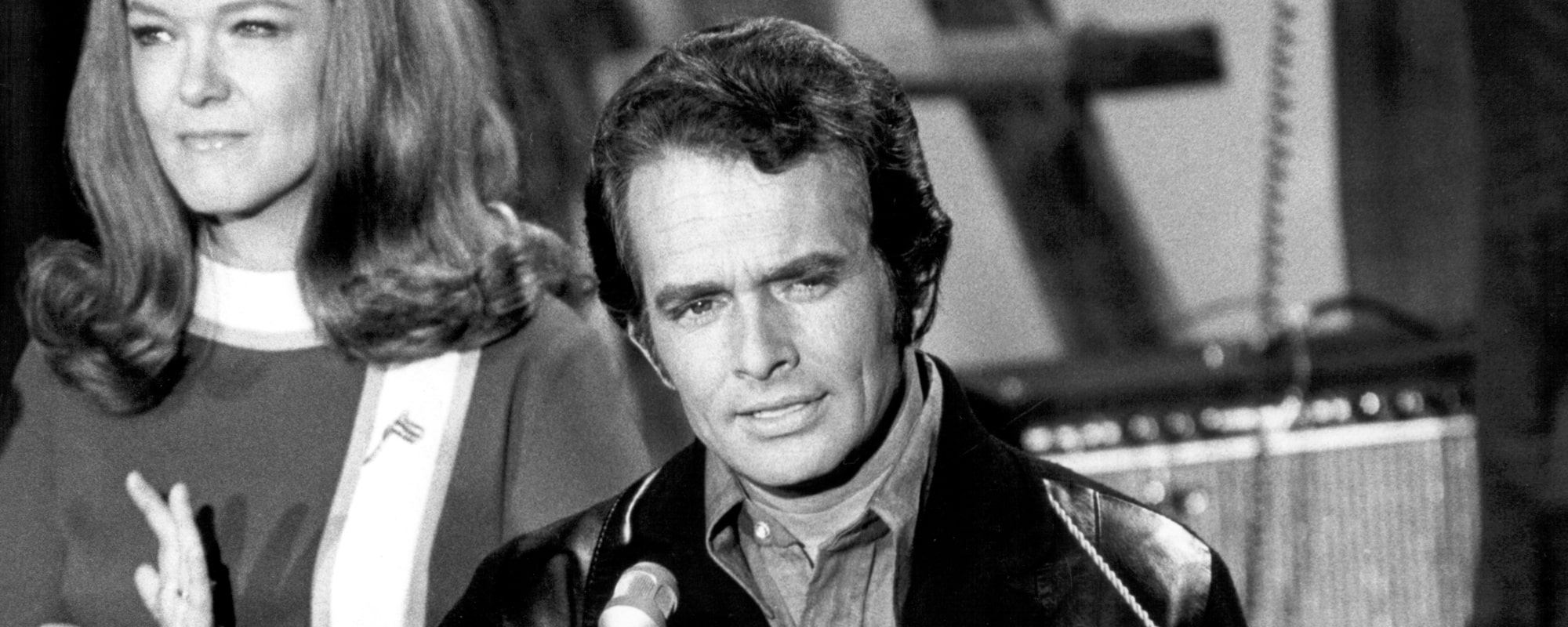
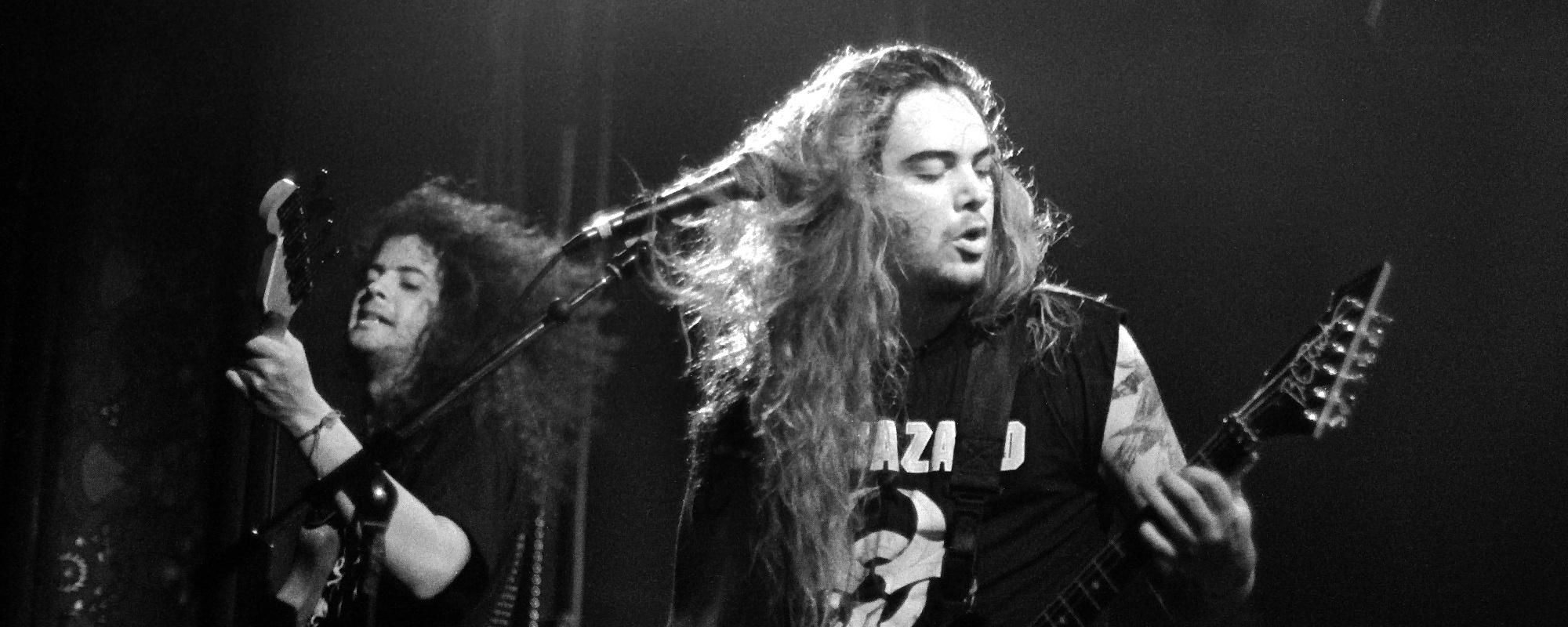

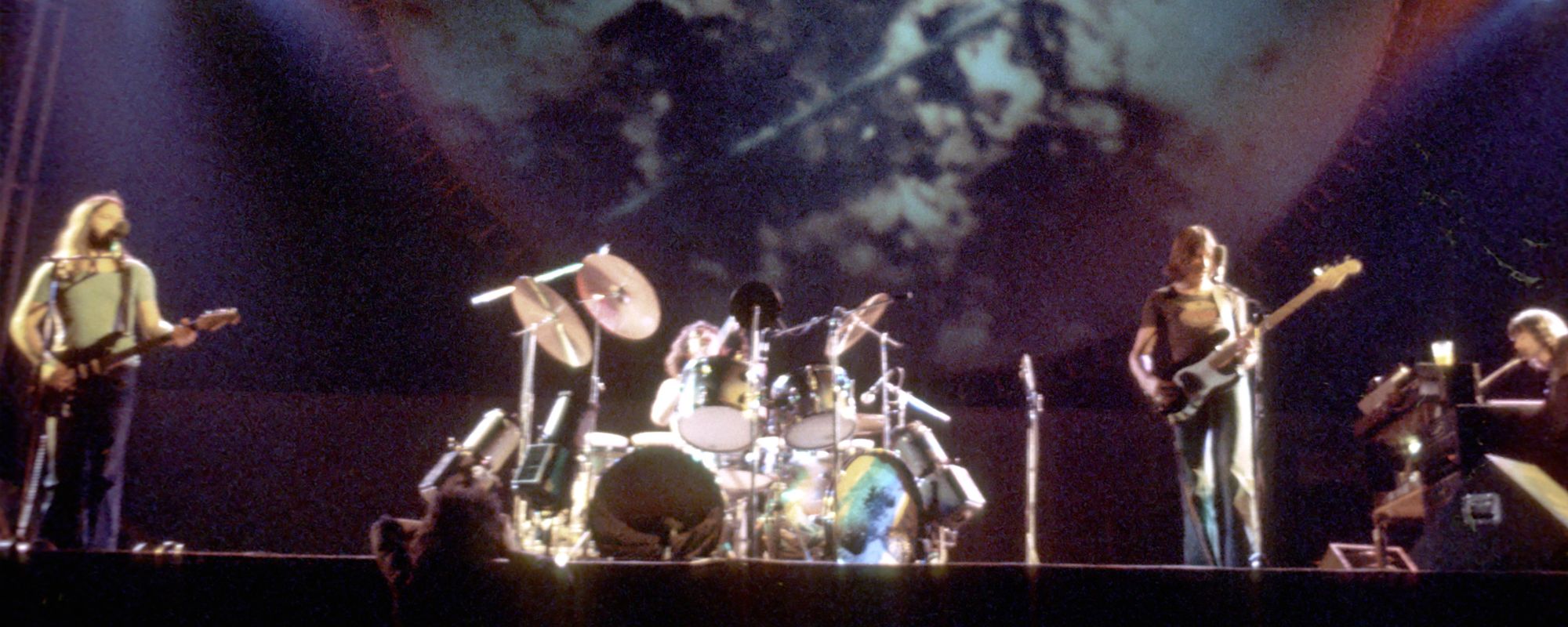
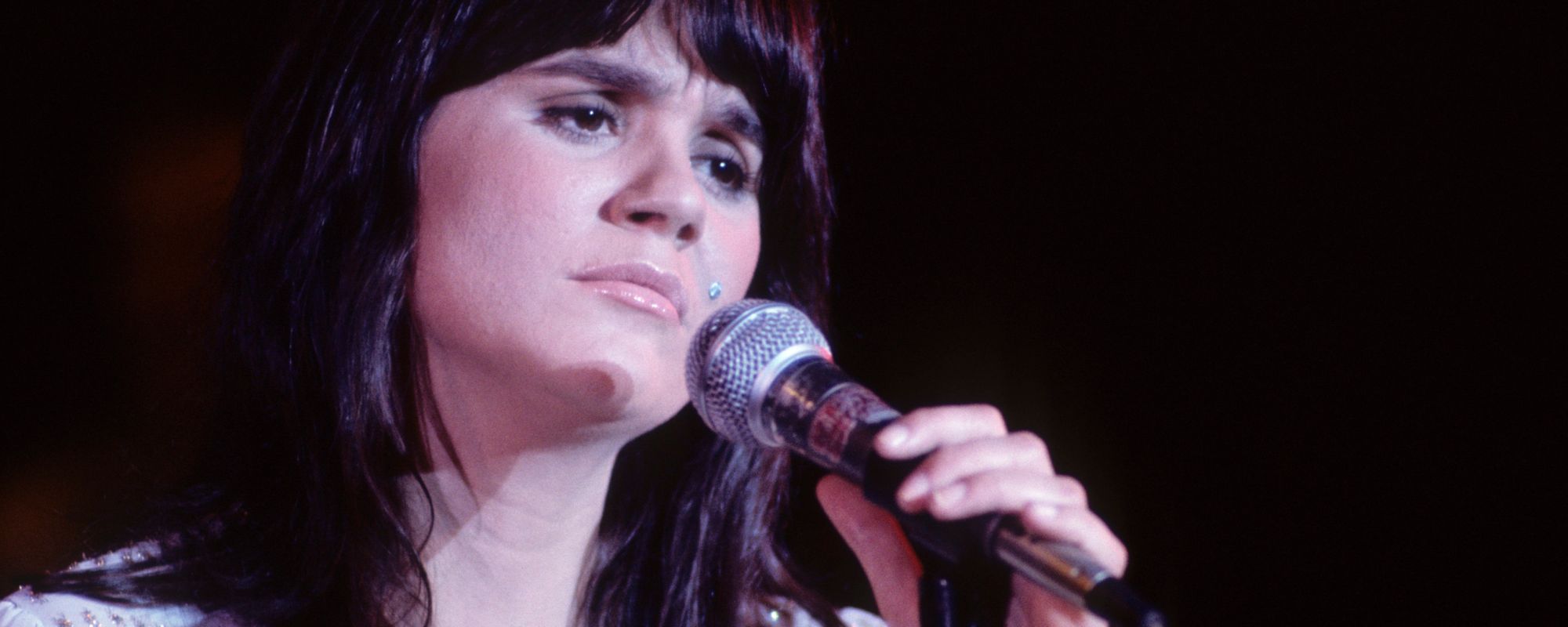
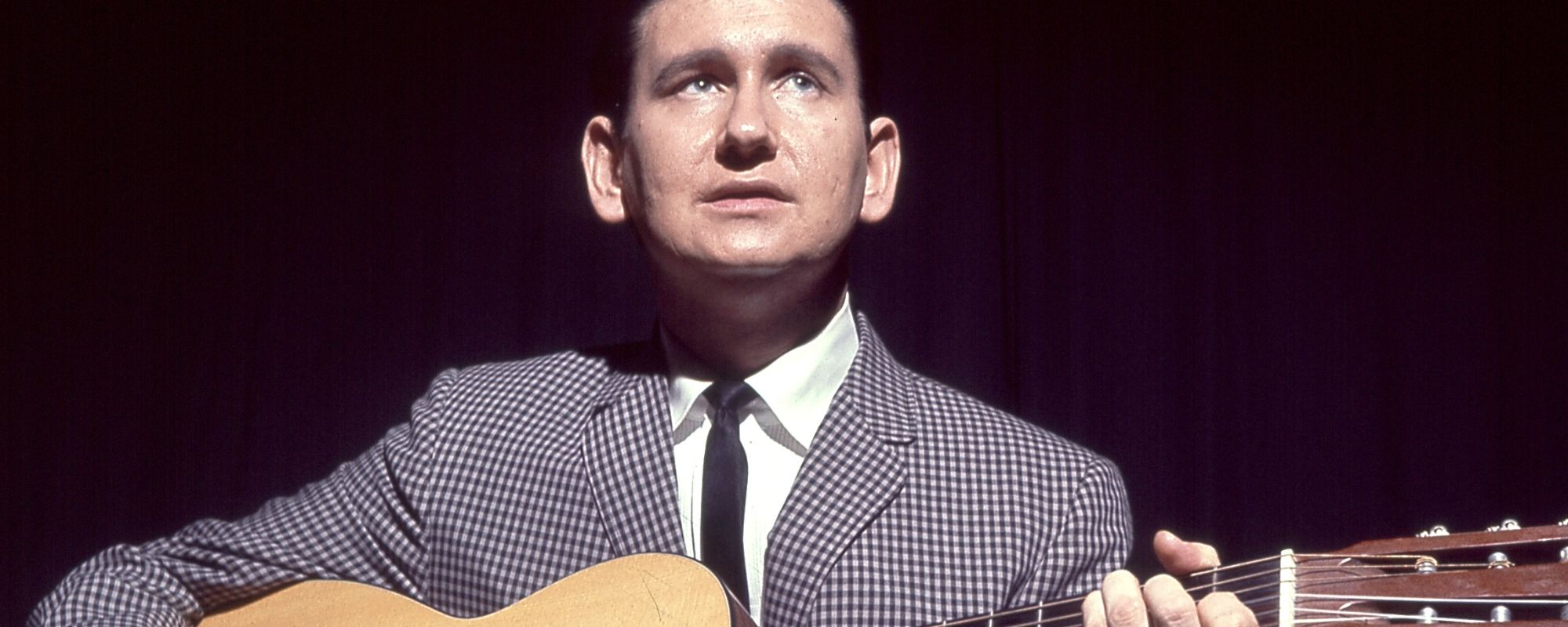


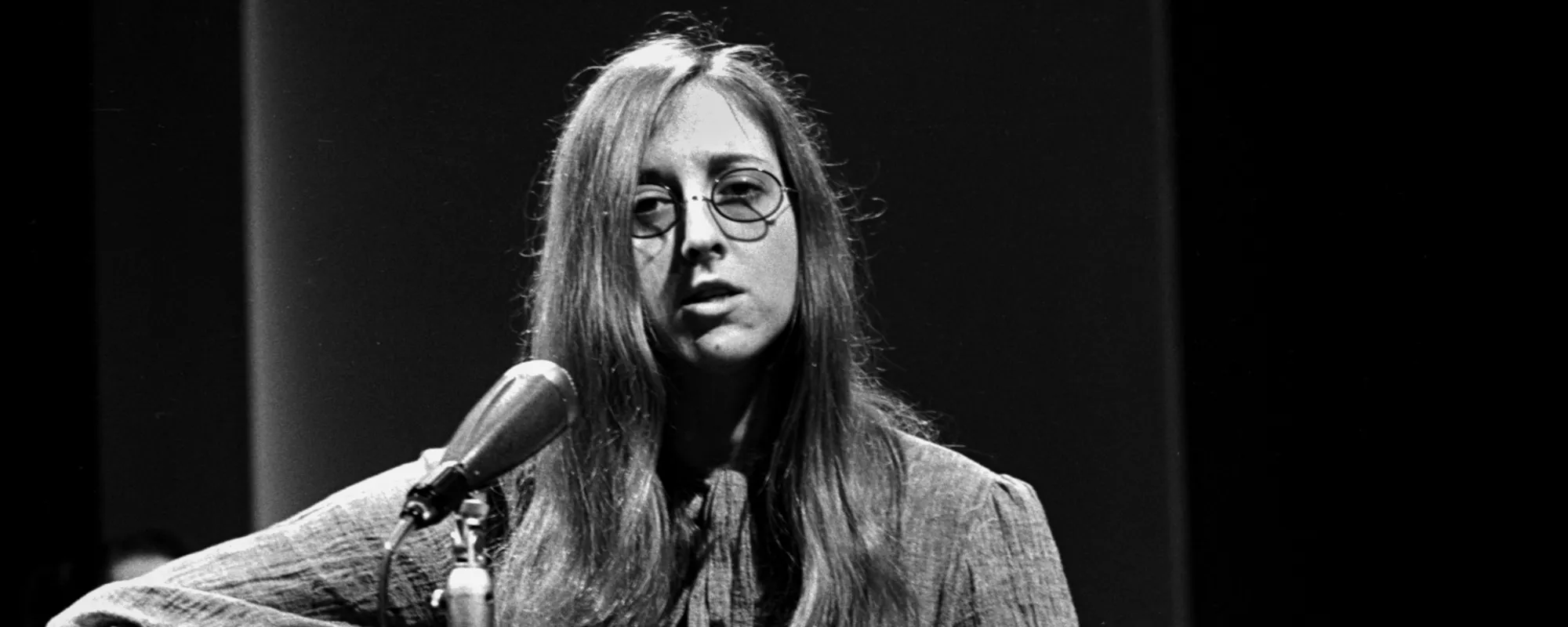
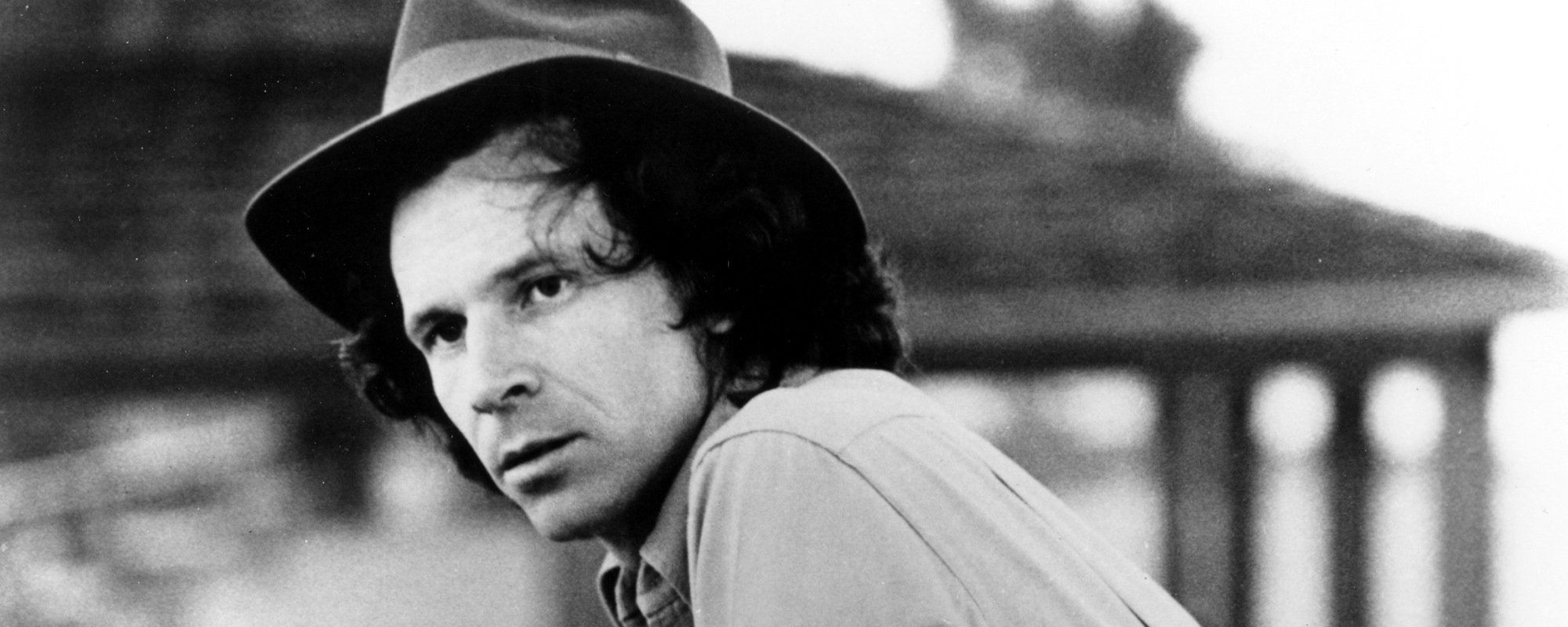

Leave a Reply
Only members can comment. Become a member. Already a member? Log in.